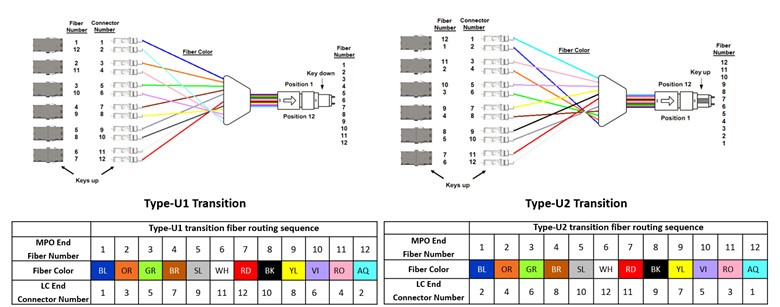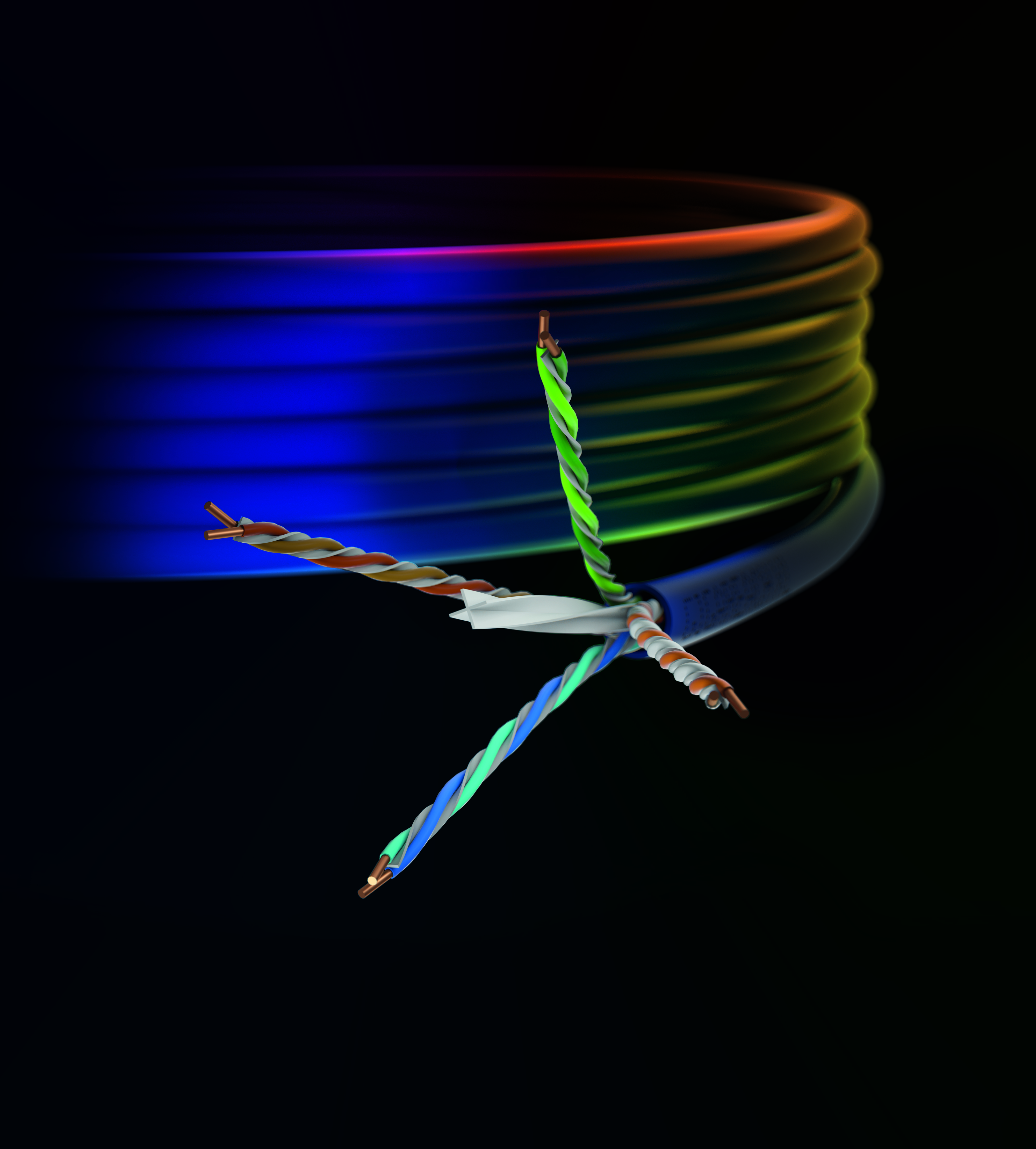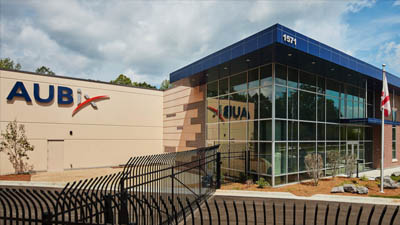As a global leader in fiber structured cabling and an active participant in major standards organizations around the world, CommScope is committed to helping our customers stay abreast of standards activities that impact their fiber network design, planning and operations. These include the following recent updates and developments within key international ISO/IEC and North American TIA fiber infrastructure standards, as well as IEEE 802.3 Ethernet and Fibre Channel application standards.
Activities on the international front
IEC Technical Committee (TC) 86—which prepares standards for fiber-optic systems, modules, devices and components—includes three main subcommittees: SC 86A (Fibers and Cables), SC 86B (Interconnecting Devices and Passive Components) and SC 86C (Systems and Active Devices).
Most of the current efforts within SC 86A Working Groups WG1 and WG3 that deal with fiber regard revision and restructuring projects. This includes IEC 60793-1-1 fiber measurement methods and test procedures (published in June 2022 with minor editorial changes) and IEC 60794-1-1 general specifications for fiber cables (in the final stages of its restructuring and targeted for publication by mid-2023). Other activities include IEC 60793-2-50, which covers specifications for singlemode fiber and will be circulated as a committee draft for vote (CDV) with a target publication of early 2024. It now includes an alternate 200-micron coating for B-654 category fibers, which enables overall smaller diameters for high-count fiber cables compared to typical 250-micron coating.
Within SC 86B working groups, efforts are now underway to develop IEC 61300-1 specifications for environmental testing of components. Also being addressed is the visual inspection of fiber connector endfaces that currently falls under IEC 61300-3-35. The Vision Inspection Task Force is continuing to investigate repeatability and reproducibility of scratch and defect measurements within fiber inspection scopes. Because not all contaminants and defects impact system performance, there is general agreement that visual inspection should be used for troubleshooting when initial performance testing fails. Other activities within SC 86B include ongoing efforts to improve accuracy of loss measurements by refining reference-grade connector requirements. There are also several studies, contributions and ongoing discussions surrounding the performance, suitability and requirements for new fiber technologies, including contactless expanded beam connectors, high-power laser applications such as onboard and co-packaged optics, multicore fiber connector (MCF) interfaces, hollow-core fiber, and optical-electrical hybrid connectors.
SC 86C WG 1, which deals with fiber-optic systems and active devices, recently approved the latest edition of IEC 61280-1-4 for publication, covering encircled-flux measurement method for multimode fibers. In addition, IEC 61280-4-3 PON attenuation and return loss measurement methods were published in mid-2022 and included Method A for use with a light source and power meter (LSPM), Method B for use with an OTDR, and informative-only Method C for estimating attenuation on activated systems using a filtered OTDR that blocks off specific wavelengths in the upstream direction.
One notable update surrounding singlemode attenuation and return loss measurements is the replacement of the term “measurement bias” with “test limit adjustments” to eliminate confusion and clarify the difference in test limits and uncertainty when testing with reference-grade versus standard-grade connectors. This clarification will also be addressed for multimode and multifiber MPO connectors. Uncertainty in attenuation measurement and updates to reference-grade connector attenuation test limit values are also being addressed in IEC 61282-14.
ISO/IEC JTC1/SC25 develops and facilitates standards for interconnection of information technology equipment, with WG 3 overseeing customer premises cabling. In alignment with IEC SC 86B, Edition 3 of the ISO/IEC 14763-3 standard for testing fiber-optic cable includes the new reference-grade connector specifications and will soon circulate as a CDV for publication in early 2024.
Noteworthy changes from TR-42.11
Within TIA, the TR-42 Engineering Committee develops and maintains standards for cabling infrastructure, including the TIA-568 series of cabling standards. The TR-42.11 Subcommittee on Fiber Optic Systems published the TIA-568.3-E Optical Fiber Cabling and Component Standard in September 2022. One key change included designating the color green for multimode angled physical contact (APC) MPO connectors, which is the same as singlemode APC MPO connectors and therefore makes the cable color the primary differentiator between multimode and singlemode.
There were also major changes in TIA-568.3-E regarding fiber transitions and polarity methods. Moving forward, trunk cables will be pinned, while MPO-to-LC cassettes, modules and fan-out cables and MPO patch cords will be unpinned to facilitate end-to-end MPO-based duplex applications and migration to MPO-based equipment ports that are always pinned. In addition, the standard introduces Type-U1 and Type-U2 fiber transitions for MPO-to-LC breakout cables and modules, along with Method U1 and U2 polarity methods for MPO-based duplex applications that both use Type-B trunks and A-B duplex patch cords.
Type-U2 fiber transition is based on CommScope’s SYSTIMAX® Ultra-Low Loss and Propel® solution. The primary difference between U2 and U1 is that the pairs are flipped, as shown below; however, U2 also offers additional benefits. When upgrading to Method U2, trunks, adapters, and patch cords stay the same, only the breakout cable or module changes. On existing universal systems with Type A trunks and an A-A duplex patch cord on one end, upgrading to Method U1 will require these components to be swapped out. In addition, CommScope’s Type-U2 fan-out cables and cassettes offer the additional benefit of supporting direct connections in breakout applications. Type-U1 fan-out cables or cassettes cannot support direct breakout connections and require the use of an additional A-A duplex patch cords for these applications.

On the application side of things
Within the IEEE 802.3 Ethernet Working Group that develops media access control and physical layer parameters standards for Ethernet applications, the work of the P802.3db Task Force for 100 Gbps, 200 Gbps and 400 Gbps short-reach multimode applications was finalized with the standard approved in September 2022. Based on a 100 Gbps signaling rate per lane, these applications include duplex 100 Gbps applications up to 50 meters (100GBASE-VR) and 100 meters (100GBASE-SR), as well as 200 Gbps over two pairs of multimode up to 50 and 100 meters (200GBASE-VR2 and 200GBASE-SR2) and 400 Gbps over four pairs of multimode to up 50 and 100 meters (400GBASWE-VR4 and 400GBASE-SR4).
In December 2022, the standards development efforts of the IEEE P802.3df Task Force were split into two separate projects—one based on the current 100 Gbps signaling rate per lane (802.3df) and the other based on future 200 Gbps signaling rate per lane (802.3dj). This change was necessary given the number of variants and the expected timeline for the development of a 200 Gbps signaling rate. It’s important to note that these projects are still in the early phases of development and could include additional objectives in the future.
Expected for completion in mid-2024, current objectives for P802.3df include the following:
- 400G over four pairs of singlemode fiber up to 2 km
- 800G over eight pairs of multimode fiber up to 50 m and up to 100 m
- 800G over eight pairs of singlemode fiber up to 500 m and up to 2 km
Expected for completion in Q2 2026, current objectives for P802.3dj include the following:
- 200G over one pair of singlemode fiber up to 500 m and 2 km
- 400G over two pairs of singlemode fiber up to 500 m
- 800G over four pairs of singlemode fiber up to 500 m and up to 2 km
- 800G over one pair of singlemode fiber with four wavelengths over 2 km
- 800G over one pair of singlemode fiber with four wavelengths up to 10 km and 40 km
- 6T over eight pairs of singlemode fiber up to 500 m and up to 2 km
Within the Technical Committee T11 that standardizes Fibre Channel applications, the new FC-PI-8 standard for single-lane 128 GFC applications is now in the balloting stage. While four-lane 128 Gbps Fibre Channel (GFC) has been around since 2016, this new single-lane standard includes short-reach backplane applications, singlemode fiber up to 2 and 10 kilometers and multimode fiber to 100 meters.
Another Fibre Channel activity worth noting is the approval of the new FC-PI-9 project for 256GFC PAM4 applications. Some of the key considerations include backward compatibility and lane rate. For example, operation beyond the 850 nm wavelength for multimode may need to be considered, which will break backwards compatibility. Decisions will also need to be made on the lane rate and whether to double the existing Fibre Channel rate of 112.2 Gbps to 224.4 Gbps or harmonize with IEEE’s 212.5 Gbps PAM4 initiative. This project is still in the exploration phase with contributions from transceiver companies, system vendors, and cable and connectivity companies like CommScope.
While these updates are just a snapshot of recent noteworthy standards activities happening for fiber, CommScope’s Standards Advisor is your ideal source for all the latest on fiber and copper standards relevant to the structured cabling industry. Issued quarterly, the Standards Advisor provides detailed updates for cabling standards (ANSI/TIA, ISO/IEC, IEC, ITU-T and CENELEC), application standards (IEEE 802.3 and T11 Fiber Channel), and even developments in the world of multi-source agreements (MSAs). Review CommScope’s latest Standards Advisor.














